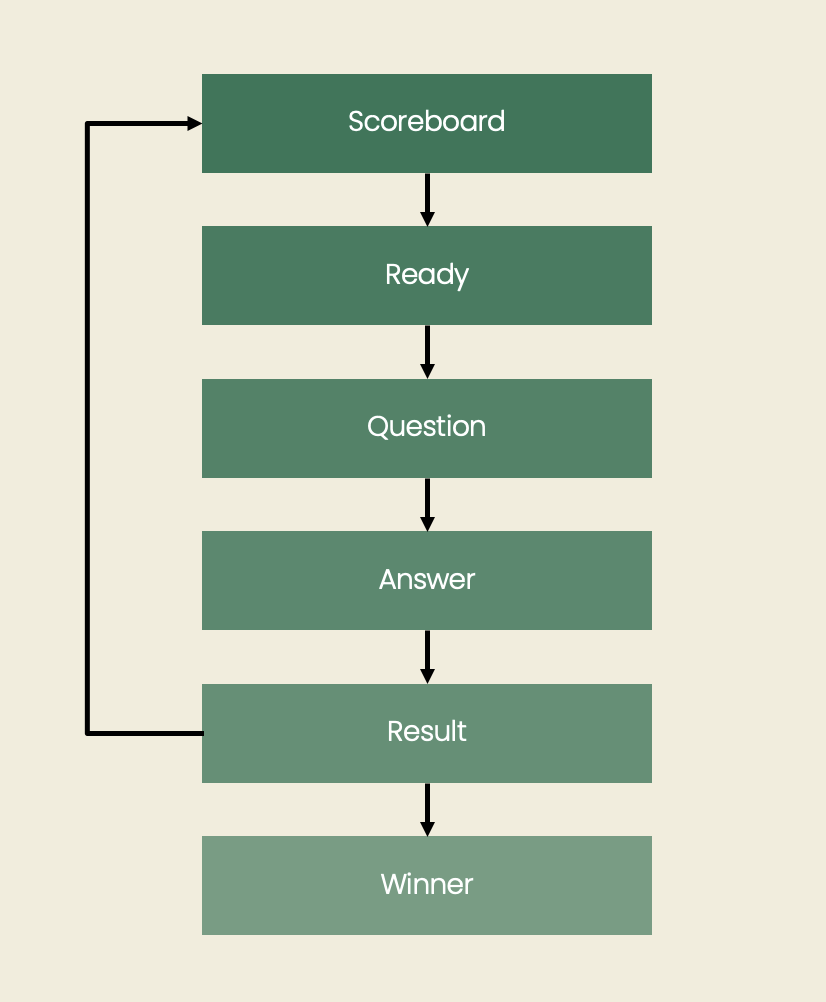Sierra Foong's Coding Projects
Hi, My name is Sierra! After learning how to build robots, I was eager to explore text-based coding in Python. It was exciting to use Python to solve tricky problems, such as solving my math problems. After learning the basics, I explored how to create simple games with Pygame. I used Pygame to make different games designed for my friends to play and challenge each other to. It's exciting to see how coding brings people together while also making studying more enjoyable. It was a great, improving my progamming skills while learning how to use technology to help others learn.
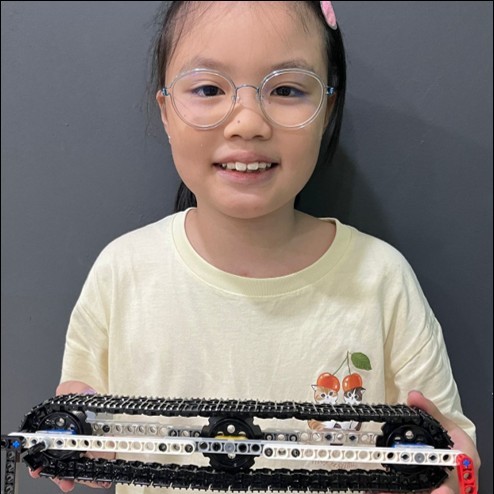
Touch Activated Bumper Car
I learnt how to use the LEGO technic parts to create different designs. By applying coding concepts such as conditionals (if-else) and integrating various sensors, I programmed my creations to respond dynamically to their environment. One example was a bumper car that automatically reverses when its front touch sensor detects a collision—mimicking real-world applications of obstacle detection used in autonomous vehicles and robotic systems to enhance safety and navigation.
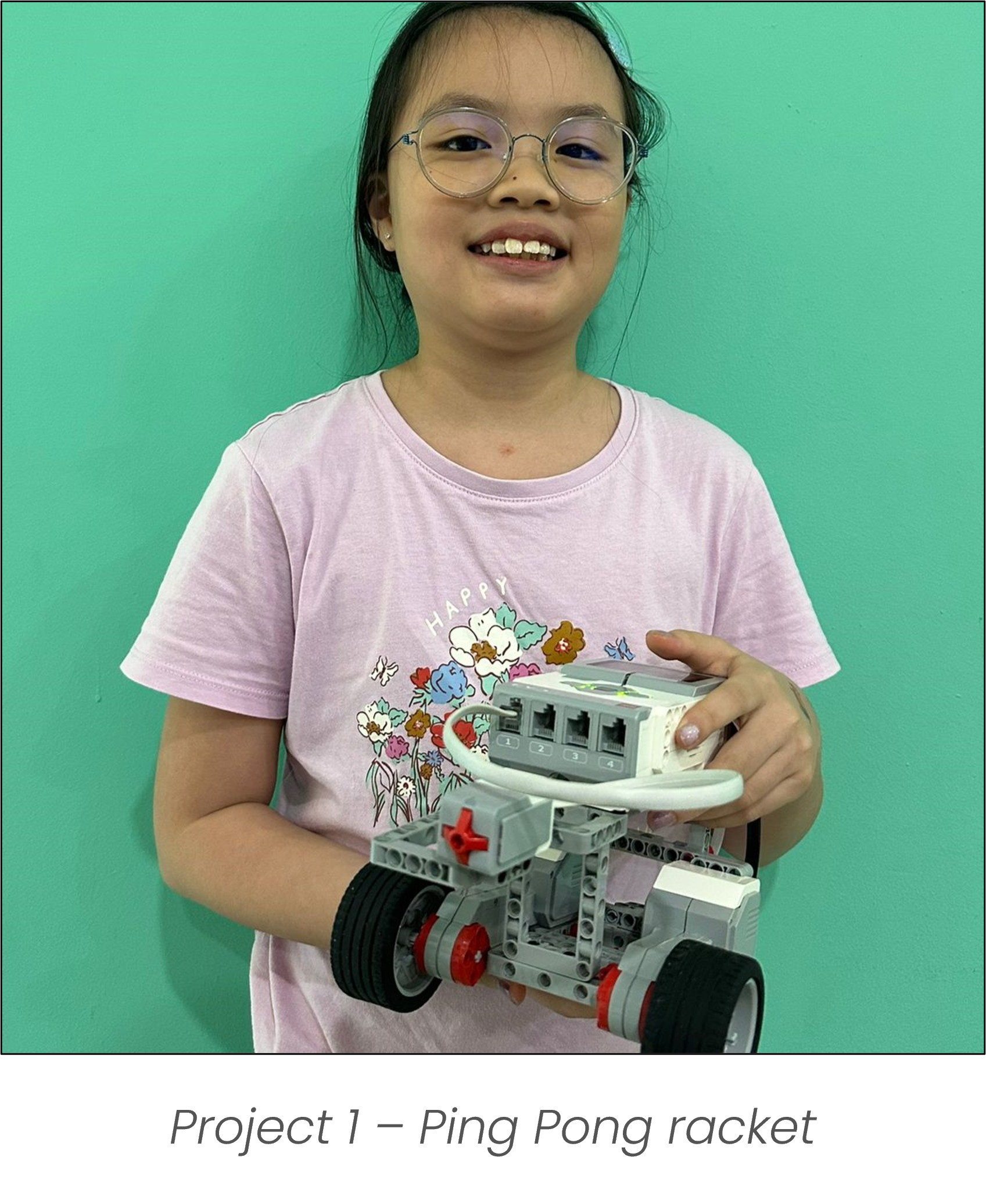
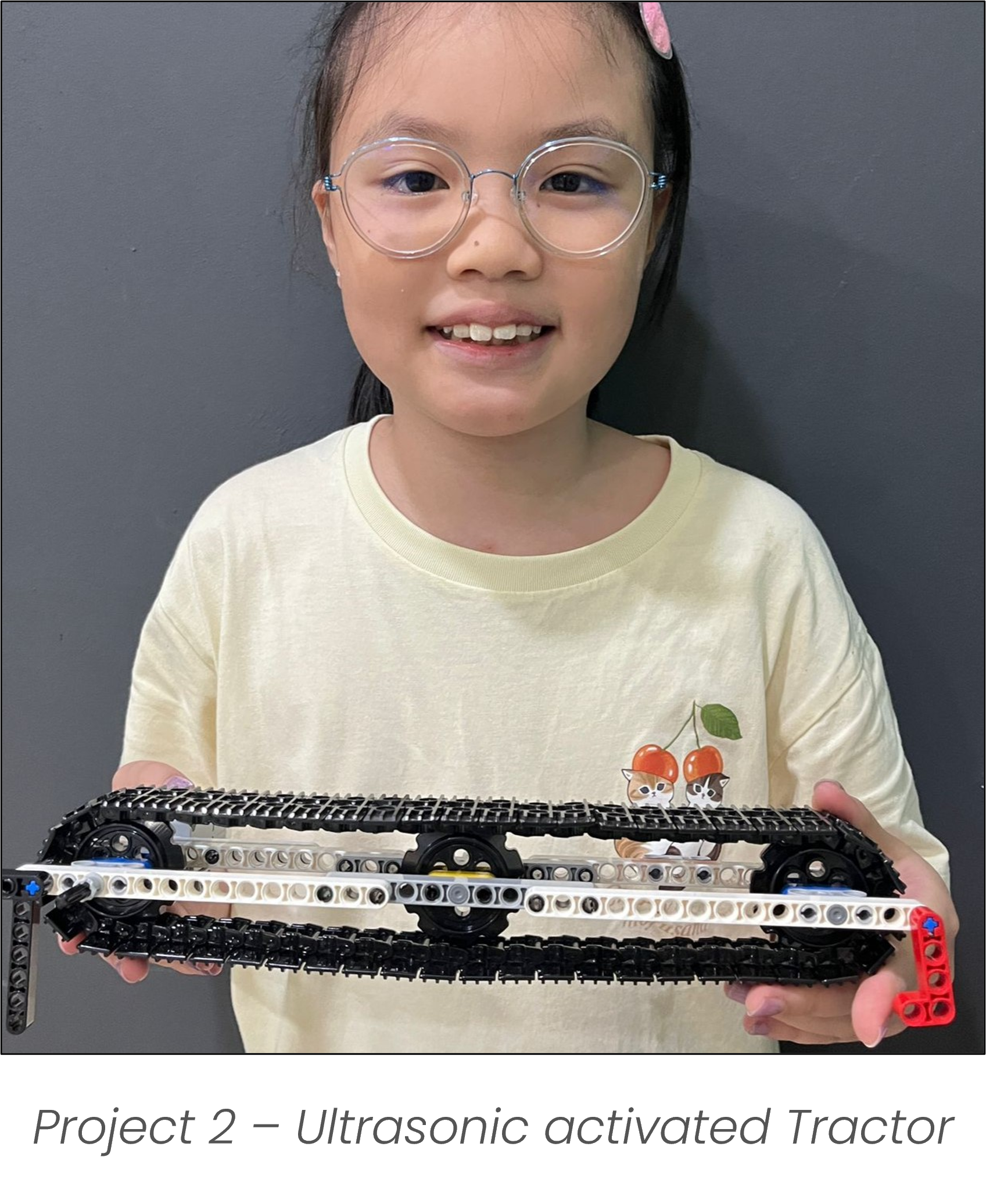
Colour Activated Sushi Belt
By applying coding concepts such as conditionals (if-else) and incorporating different sensors, I built a sushi conveyor belt system that automatically stops when a specific color is detected. This mimics the function of an emergency stop button, commonly found in industrial automation and manufacturing environments, where color or visual sensors are used to trigger safety protocols or halt operations in response to potential hazards
Description:
In this project, I learned how to convert weight from pounds to kilograms by multiplying by a conversion factor. This is important because it teaches us how to change one unit of measurement to another so we can compare different types of data.
Diagram:
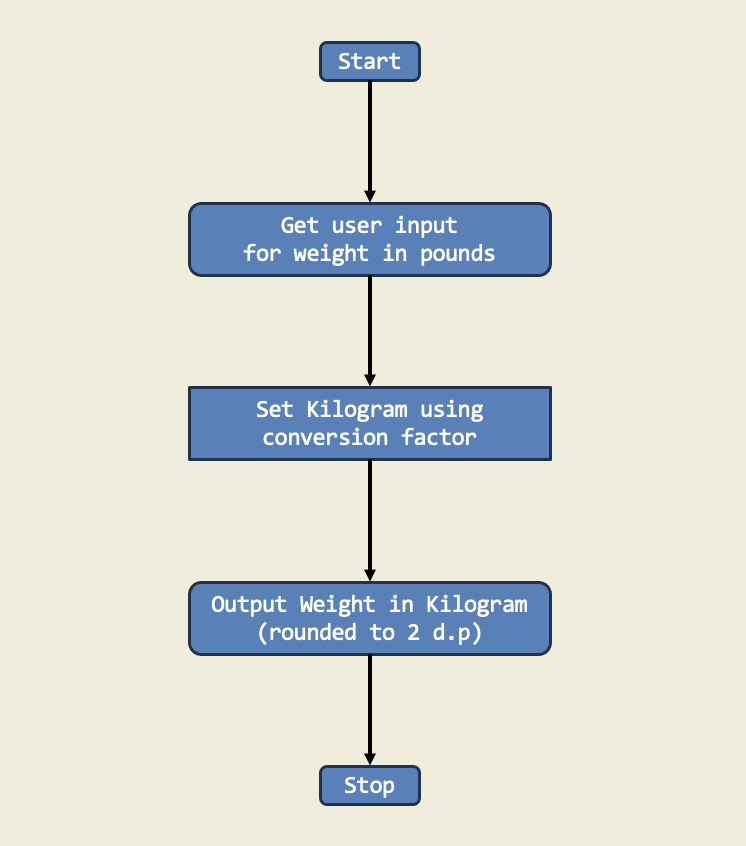
Trinket:
Description:
I have implemented a Python script named armstrong_no_checker to check if a given number is an Armstrong number. An Armstrong number for a 3-digit number is a number that is equals to the sum of the cubes of its digits. For example, 153 is an Armstrong number because 1^3 + 5^3 + 3^3 = 153. This project demonstrates the use of functions, loops, and conditionals in Python to solve mathematical problems. The script prompts the user to enter a number and checks if it is an Armstrong number by calculating the sum of the cubes of its digits and comparing it to the original number.
Diagram:
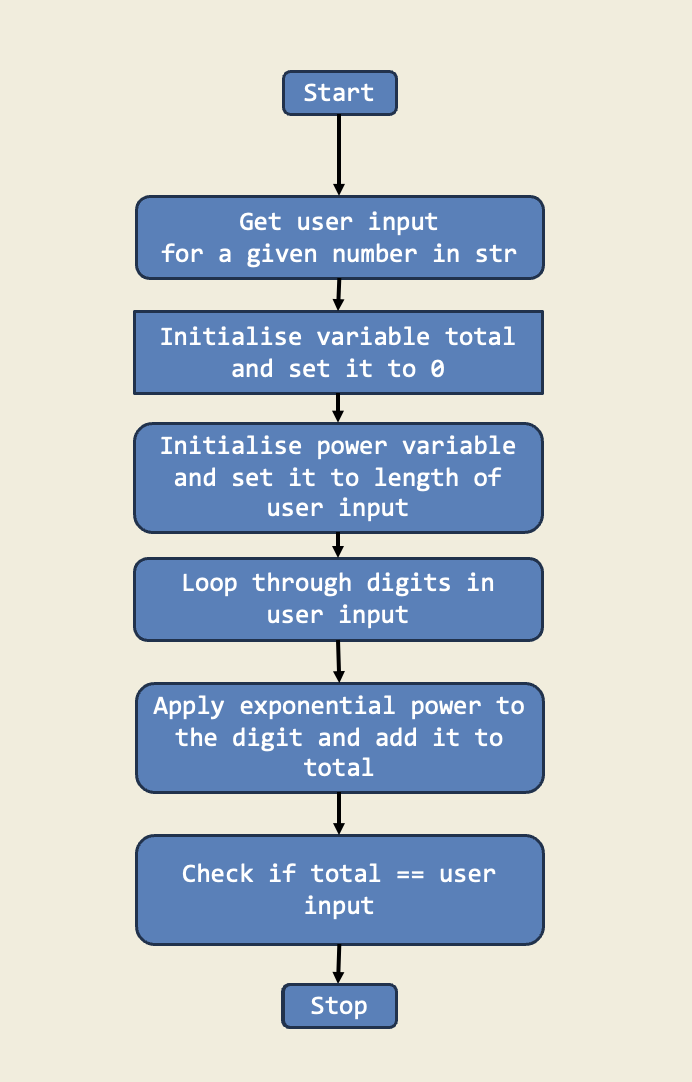
Trinket:
Description:
In this project, I created a number pyramid using nested for loops. The outer loop controls the number of rows, while the inner loop prints the numbers in each row. This project demonstrates how to use loops to create patterns and shapes in Python.
Diagram:
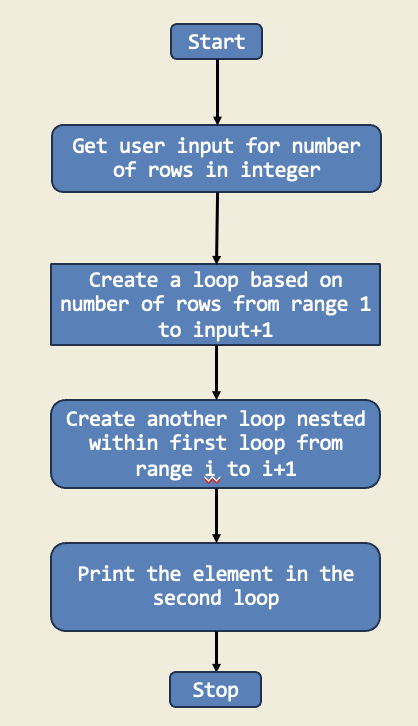
Trinket:
Description:
In this project, I managed an imaginary library's inventory using a for loop to calculate the number of books on day 20 and the total after 20 days. This project shows how for loops make it easy to perform repetitive tasks.
Diagram:

Trinket:
Description:
This project is a simple login system that checks if the entered username and password match preset values. If they do, the user is logged in; otherwise, they must try again. It demonstrates how if-else statements handle multiple outcomes based on user input.
Diagram:
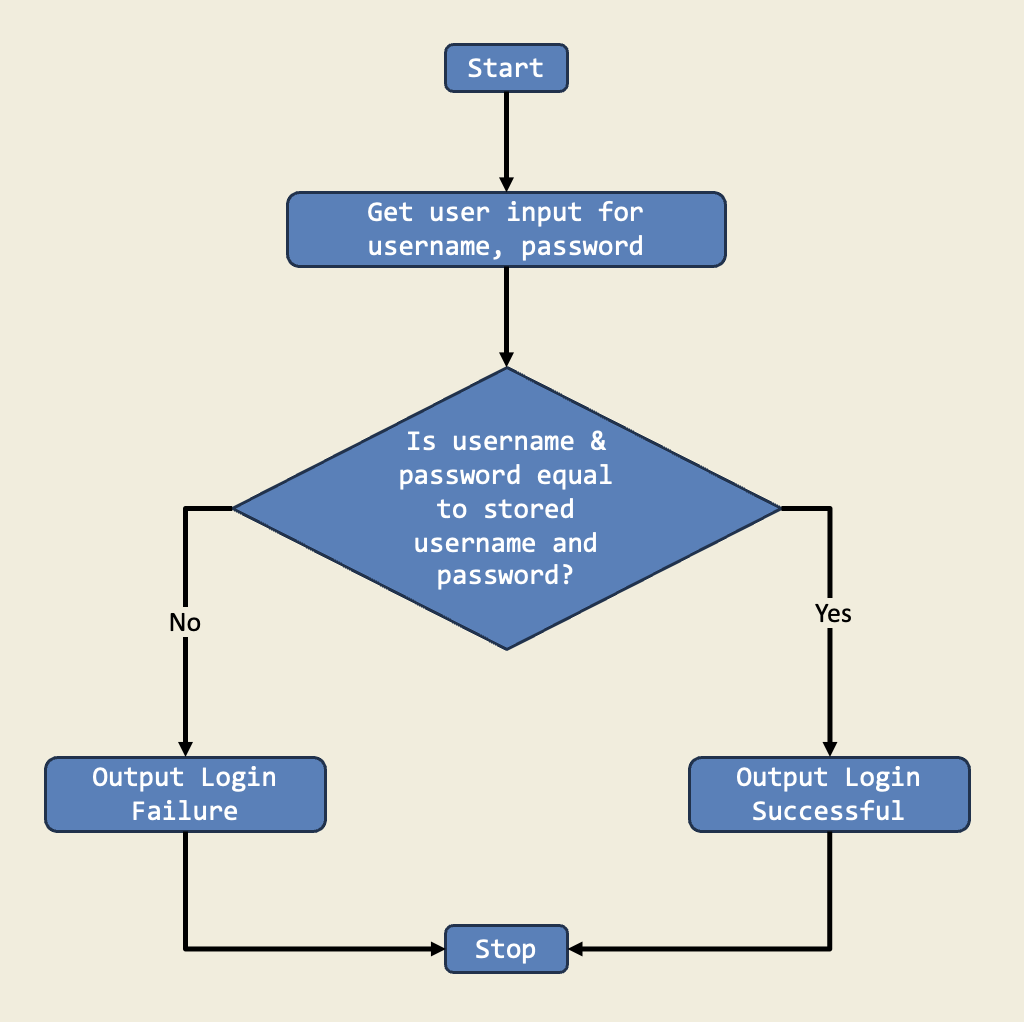
Trinket:
Description:
In this project, I used if-else statements to check if a triangle is right-angled. I asked for three sides, sorted them, and used the Pythagorean theorem to decide if the triangle was right. This is important because if-else lets the program choose different actions based on the input.
Diagram:
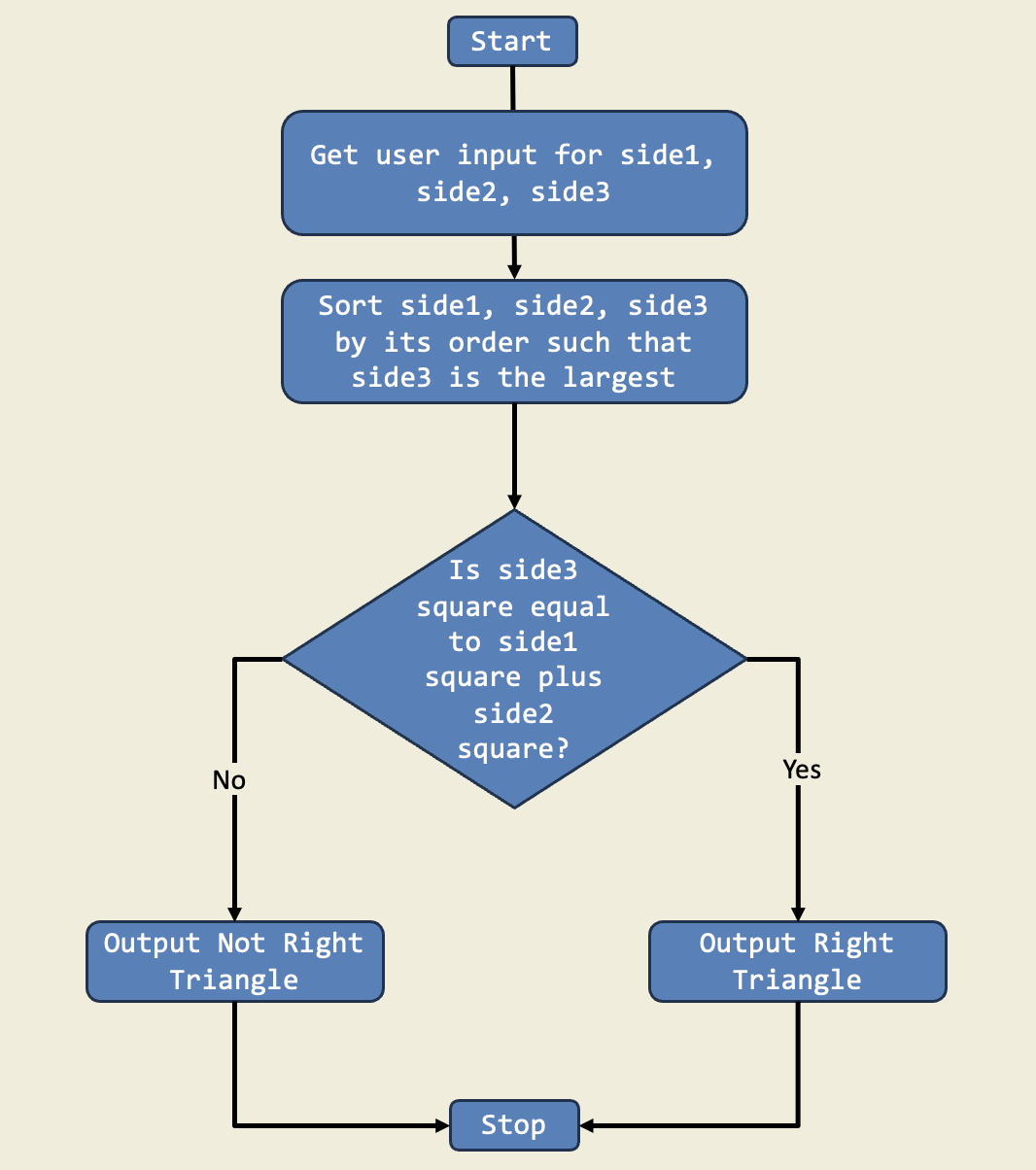
Trinket:
Description:
I organized a math competition among my friends, and one of the challenges involved calculating the factorial of a given number. I created a Python script that took a user input and calculated the factorial of the given number.
Diagram:
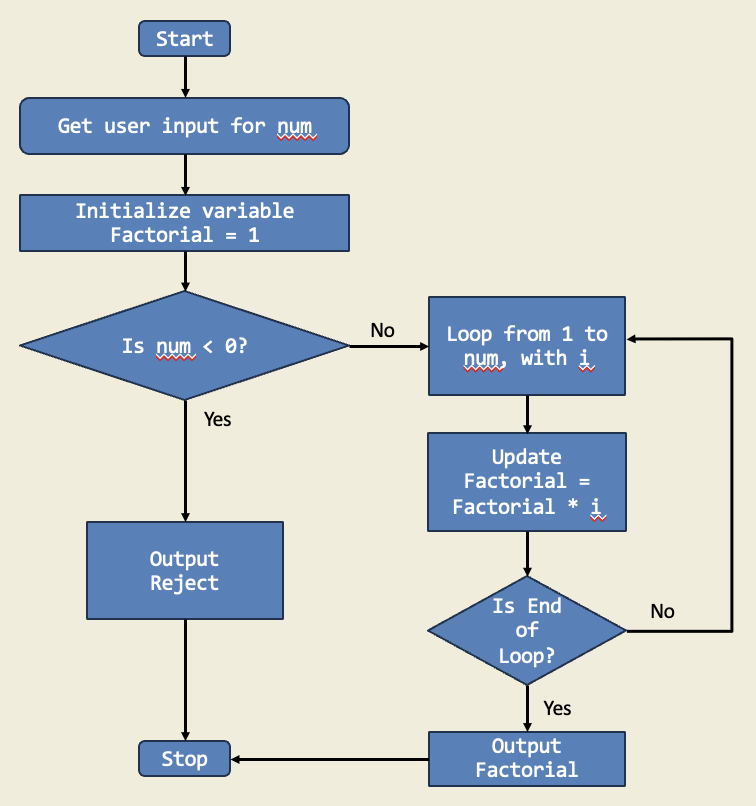
Trinket:
Description:
In this project, I built a guessing game using a while loop that keeps asking for a guess until the answer is right. The game tells me if my guess is too high or too low. This is important because while loops let me repeat actions until a condition is met, which is perfect for games.
Diagram:
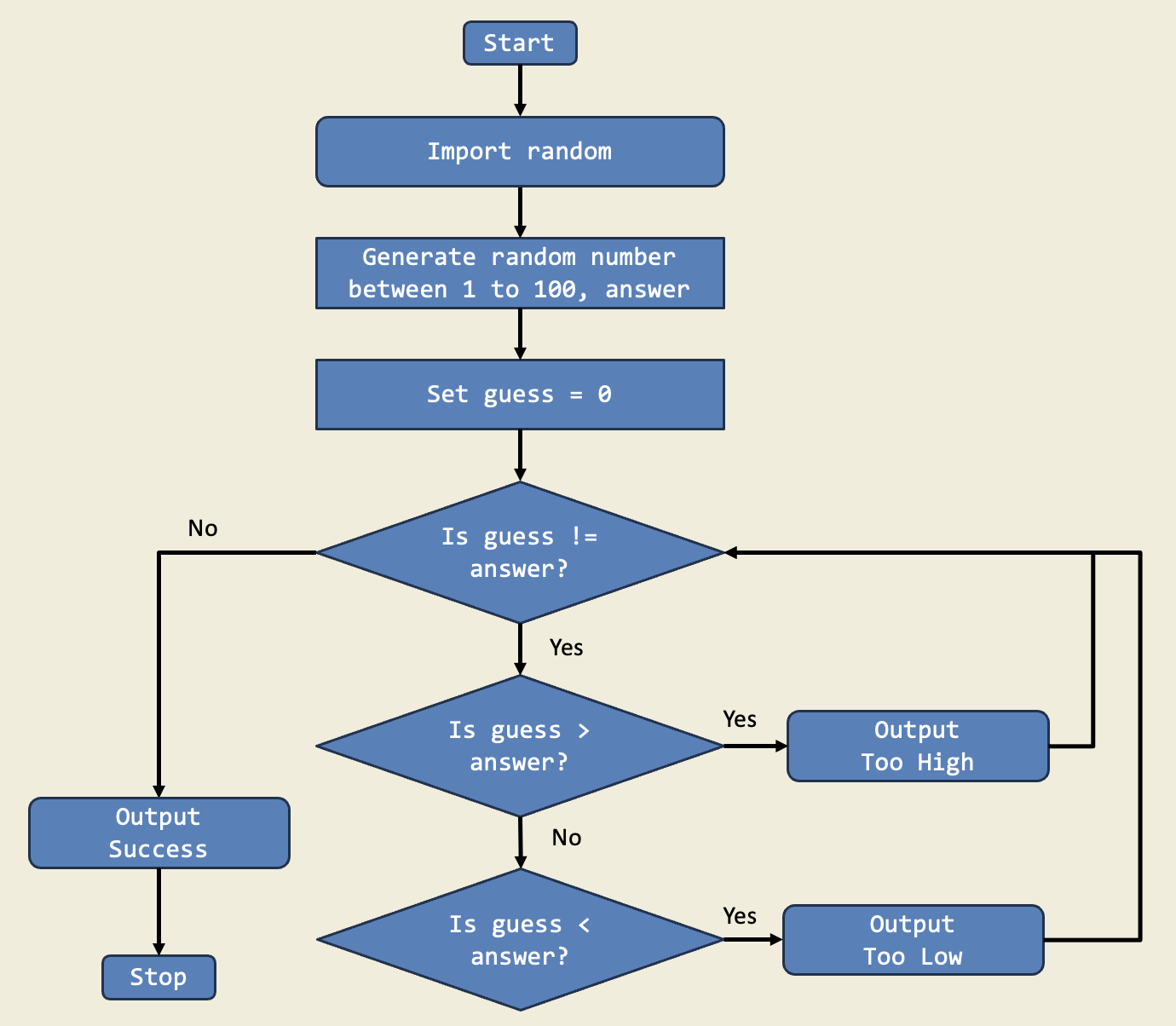
Trinket:
Description:
I have created a Python program named my_multiplication_table.py that takes an integer input from me. It generates the multiplication table of the entered number using a while loop.
Diagram:
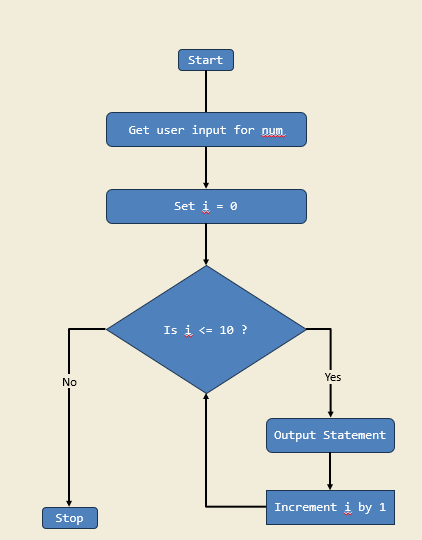
Trinket:
Description:
In this project, I created a game called "WhatCountry?" using Pygame. The idea came from my curiosity about the flags of different countries and my love for learning about cultures as a young Singaporean. I wanted to make a game that challenges players to recognize which flag belongs to which country, while also teaching me more about coding and design!
To build this game, I used object-oriented programming (OOP) to organize my code into clear, manageable parts. I created separate classes for the game screen, the flag drawing functions, and even the scoreboard and instructions. It was like building a set of LEGOs—each small block worked on its own, but together they formed a complete and exciting game.
In "WhatCountry?", each turn displays a flag that I draw using simple, solid-color stripes. To make sure even white parts are visible, I outline each flag with a thin black line. I included at least seven different flags, such as those for France, Italy, Germany, Poland, Ukraine, Russia, and Romania. The game then asks a question like, "Is this the flag of France?" If you think the flag is correct, you press Y; if not, you press N. There’s even a timer that adds a bit of excitement, making sure you answer quickly!
Along the way, I learned how to design user interfaces that display important information like scores, turn numbers, and timers. Handling key presses and events taught me how to make the game interactive and responsive. I enjoyed combining coding with creativity, and it was super fun to see my ideas come to life on the screen.
Overall, "WhatCountry?" is not just a quiz about flags—it’s an adventure that takes you around the world and shows you how programming can be both educational and entertaining. I hope you enjoy playing it as much as I enjoyed making it!
Diagram:
